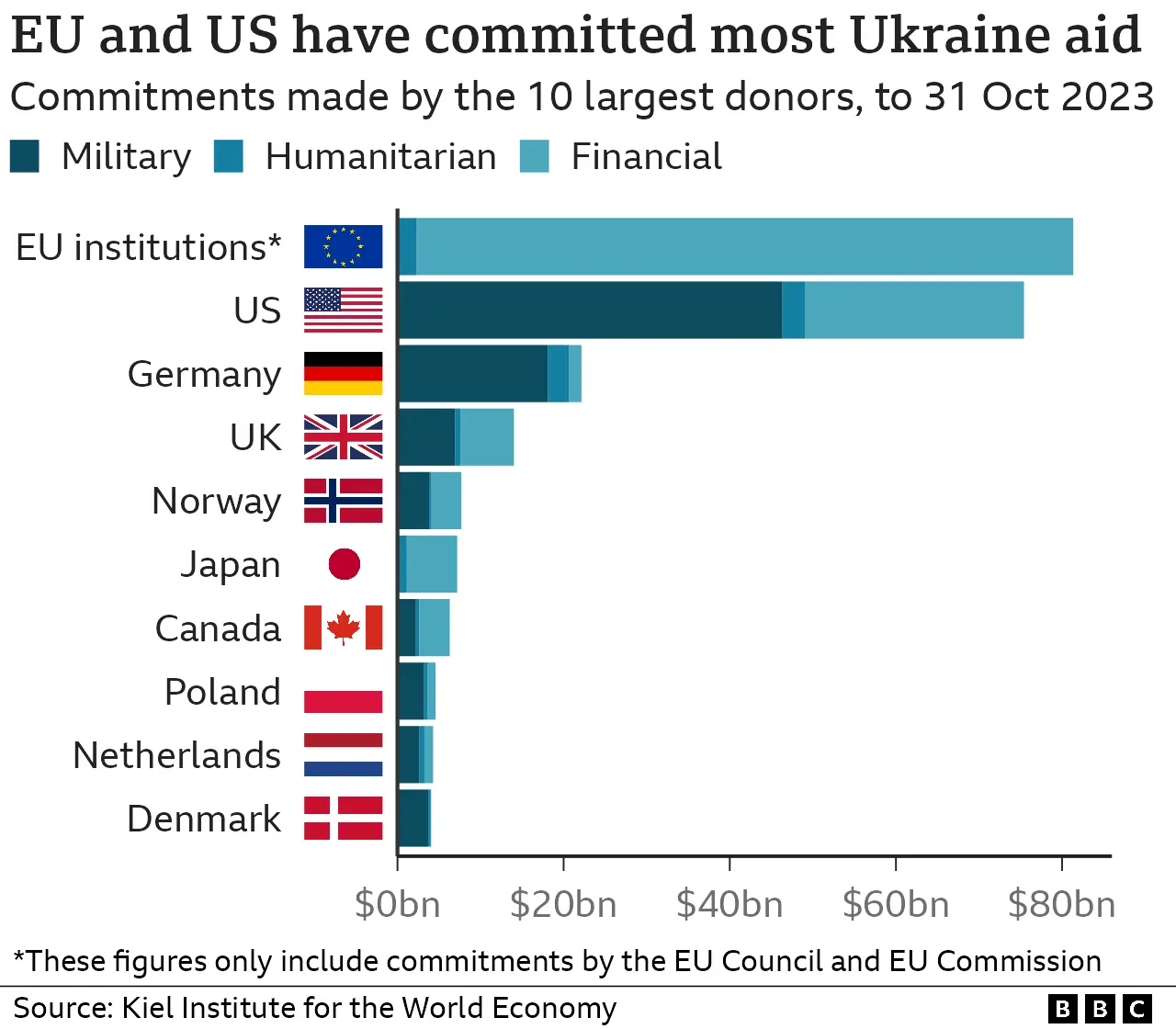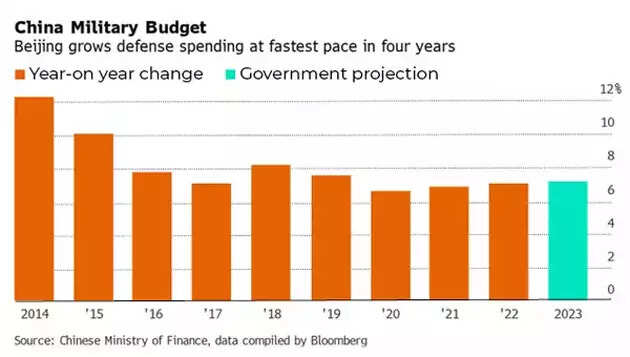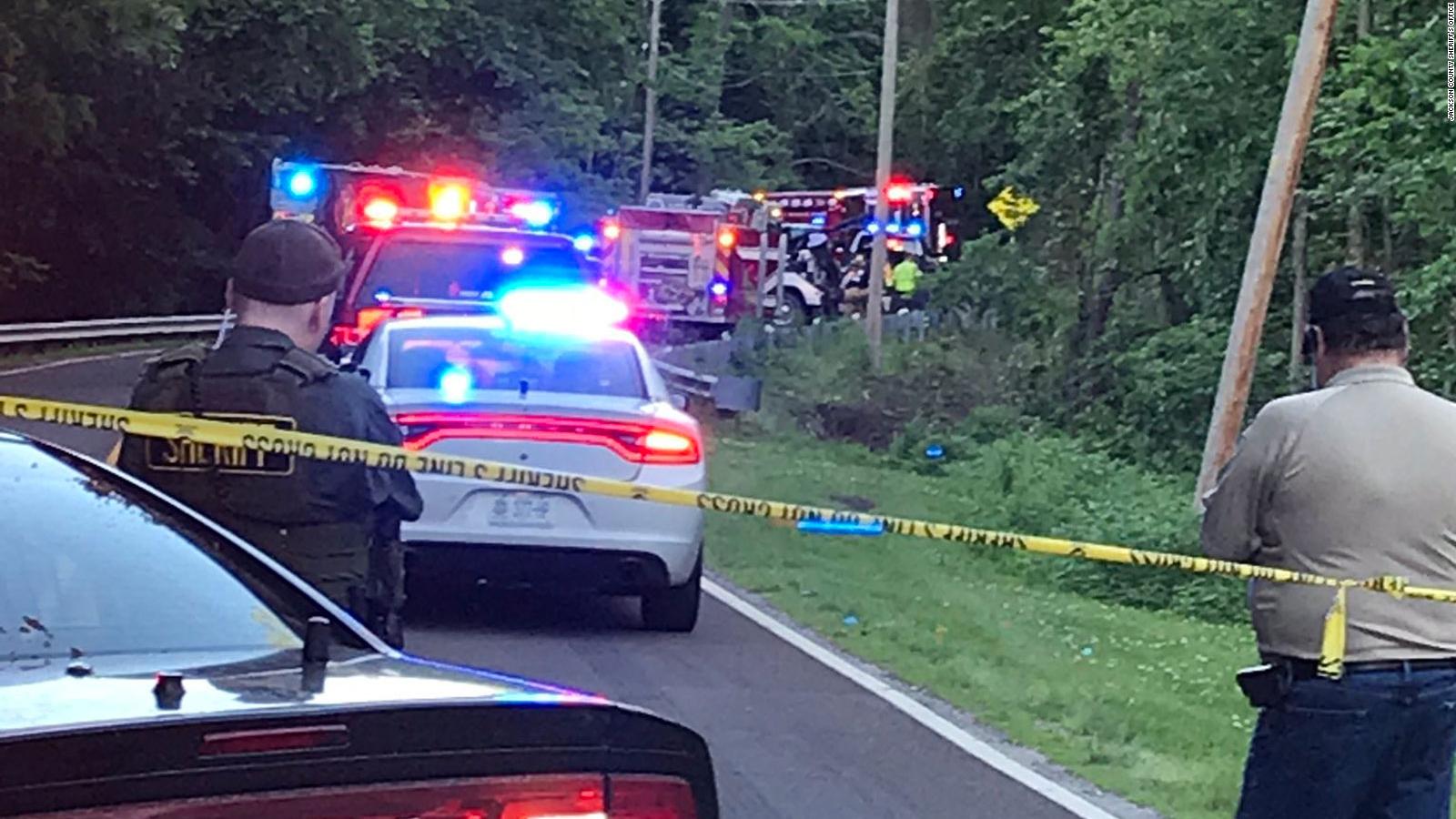Analysis Of Increased Military Spending: Europe's Reaction To Russia

Table of Contents
The Trigger: Russia's Invasion of Ukraine
The unprovoked invasion of Ukraine in February 2022 shattered long-held assumptions about European security. The conflict exposed vulnerabilities in existing defense capabilities and dramatically heightened awareness of the direct military threat posed by Russia. This immediate and significant threat served as the primary catalyst for the unprecedented increase in military spending across the continent.
- Shattered assumptions about European security: The invasion demonstrated the fragility of peace in Europe and the real possibility of large-scale conventional warfare on European soil.
- Exposed vulnerabilities in existing defense capabilities: Many European nations realized their armed forces were insufficiently equipped and prepared for a major conflict. This exposed gaps in readiness, technology, and manpower.
- Heightened awareness of direct military threat: The invasion made it clear that Russia is willing to use military force to achieve its geopolitical objectives, directly impacting neighboring countries and increasing the perceived threat level.
- Increased public support for military investment: The invasion led to a significant increase in public support for increased defense spending, with many citizens recognizing the necessity of bolstering national security.
Increased Defense Budgets Across Europe
Following the invasion, numerous European nations announced significant increases in their defense budgets. This demonstrates a collective commitment to strengthening national security and enhancing collective defense capabilities within the framework of NATO.
- Percentage increases in defense budgets for select countries: Germany, for example, pledged a significant increase in its defense budget, exceeding 2% of its GDP – a dramatic shift in its post-war defense policy. The United Kingdom has also committed to increased defense spending, aiming to maintain its position as a leading military power in Europe. Poland, directly impacted by the conflict’s proximity, has seen among the highest percentage increases in defense spending among European nations.
- Examples of specific new military investments (equipment, personnel): This increased spending translates into investments in new fighter jets, armored vehicles, air defense systems, and increased recruitment and training of personnel. Modernization of existing military equipment is also a major focus.
- Comparison to pre-invasion spending levels: The current levels of military spending in many European countries represent a substantial departure from pre-invasion budgets, reflecting a new era of increased defense preparedness.
- Mention of any planned future increases: Many countries have signaled intentions to maintain or further increase defense spending in the coming years, reflecting a long-term commitment to enhanced security.
Germany's Transformation: A Case Study
Germany's response to the invasion marks a particularly significant shift. The creation of the Sondervermögen (special fund) of €100 billion for the Bundeswehr represents a historic commitment to modernizing its armed forces.
- The Sondervermögen (special fund) and its implications: This dedicated fund allows for rapid modernization and upgrades to the German military, addressing long-standing shortcomings in its equipment and capabilities.
- Increased defense spending as a percentage of GDP: Germany has committed to exceeding NATO's guideline of 2% of GDP allocated to defense spending, a substantial change from its previous, more pacifist, approach.
- Modernization of the Bundeswehr (German armed forces): This involves procuring advanced weaponry, improving training and recruitment, and strengthening logistical capabilities.
- Strengthened alliances and partnerships: Germany is actively reinforcing its alliances, particularly within NATO, and is more willing to engage in collective security initiatives.
NATO's Resurgence and Collective Defense
The crisis has revitalized NATO's role in European security. The alliance is strengthening its eastern flank, increasing military exercises and deployments, and reinforcing transatlantic ties.
- Reinforcement of NATO's eastern flank: Increased troop deployments and military infrastructure development are being implemented along NATO's eastern border with Russia, deterring potential aggression.
- Increased military exercises and deployments: NATO is conducting more frequent and larger-scale military exercises, demonstrating its commitment to collective defense and projecting strength.
- Strengthened transatlantic ties: The crisis has strengthened the bond between North America and Europe within NATO, reaffirming the importance of transatlantic security cooperation.
- Discussions on adapting NATO's strategy to address new threats: NATO is reassessing its strategy to better address the evolving threats posed by Russia and other actors, including hybrid warfare and cyberattacks.
Economic and Societal Implications of Increased Military Spending
The surge in military spending has broad economic and societal consequences. The increased expenditure necessitates careful consideration of trade-offs with other government programs.
- Potential impact on other government programs and social spending: Increased military expenditure may lead to reductions in funding for other essential social programs, such as healthcare, education, or infrastructure.
- Debate about the opportunity cost of military expenditure: There is ongoing debate about the opportunity cost of diverting substantial resources to military spending, considering alternative uses for these funds.
- Public opinion and support for increased military spending: While initially high, public support for increased military spending may fluctuate depending on the length and cost of the conflict and the perceived effectiveness of the investment.
- Long-term economic effects: The long-term economic impact of sustained high levels of military spending is a matter of ongoing analysis, with potential implications for national debt and economic growth.
Long-Term Strategic Implications for European Security
The increased military spending represents a fundamental shift in the European security architecture. This has implications for European geopolitical relationships, alliances, and long-term security arrangements.
- Potential for an enduring arms race in Europe: The current trajectory suggests the possibility of a sustained arms race in Europe, with long-term economic and political implications.
- Changes in European geopolitical landscape: The geopolitical landscape is rapidly evolving, with significant implications for the balance of power within Europe and its relationships with neighboring regions.
- Re-evaluation of relationships with Russia: The crisis necessitates a re-evaluation of relationships with Russia, requiring careful consideration of diplomatic strategies and security measures.
- Long-term impact on European integration: The response to the crisis may strengthen or weaken European integration, depending on how the increased military spending is managed and coordinated across member states.
Conclusion
The Russian invasion of Ukraine has undeniably triggered a significant surge in increased military spending across Europe. This response reflects a fundamental shift in the continent's security paradigm, impacting not only national defense budgets but also broader economic and societal structures. The long-term implications remain uncertain, but the current trajectory points toward a potentially reshaped European security landscape characterized by increased defense expenditures, strengthened alliances, and a renewed focus on collective defense. Understanding the intricacies of this increased military spending is crucial for navigating the evolving geopolitical dynamics in Europe. Further research into the sustainability and effectiveness of these defense investments is essential for ensuring Europe's future security. Continue your research and learn more about the complex ramifications of increased military spending in Europe.

Featured Posts
-
 Caso Becciu Slittamento Dell Udienza Sui Fondi 8xmille
Apr 30, 2025
Caso Becciu Slittamento Dell Udienza Sui Fondi 8xmille
Apr 30, 2025 -
 Increased Defense Budgets Europes Response To The Russian Invasion Of Ukraine
Apr 30, 2025
Increased Defense Budgets Europes Response To The Russian Invasion Of Ukraine
Apr 30, 2025 -
 Our Yorkshire Farm Reuben Owen Opens Up About His Childhood Struggles
Apr 30, 2025
Our Yorkshire Farm Reuben Owen Opens Up About His Childhood Struggles
Apr 30, 2025 -
 Car Crash Kills Four Children At Afterschool Program Video Shows Chaos
Apr 30, 2025
Car Crash Kills Four Children At Afterschool Program Video Shows Chaos
Apr 30, 2025 -
 Can Trong Khi Dau Tu Gop Von Rui Ro Tiem An Va Cach Phong Ngua
Apr 30, 2025
Can Trong Khi Dau Tu Gop Von Rui Ro Tiem An Va Cach Phong Ngua
Apr 30, 2025
